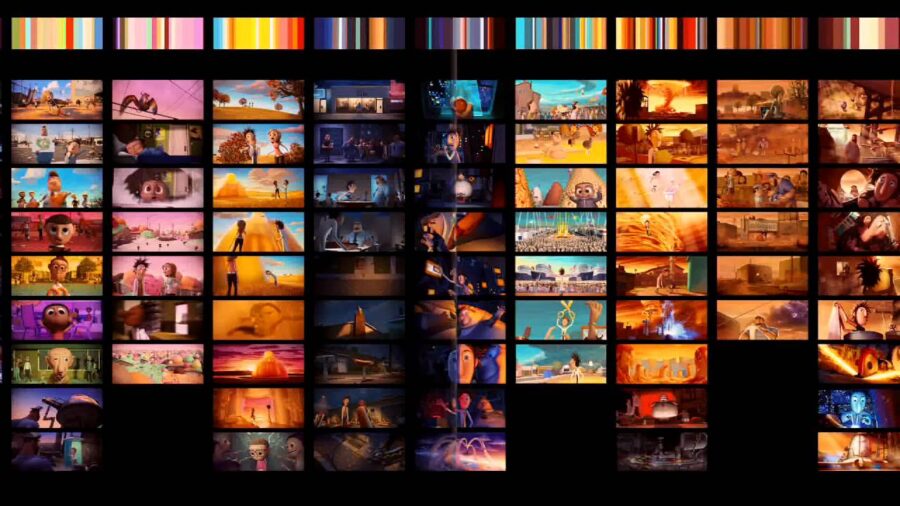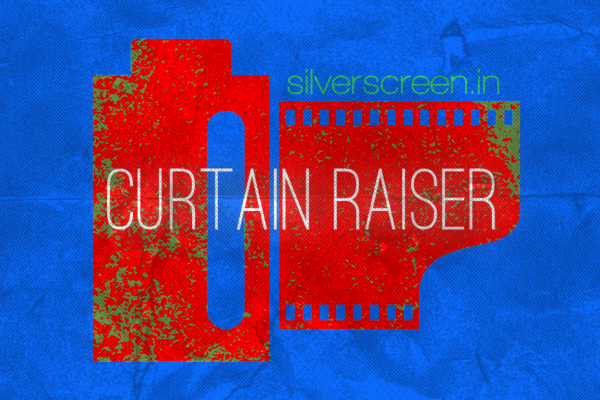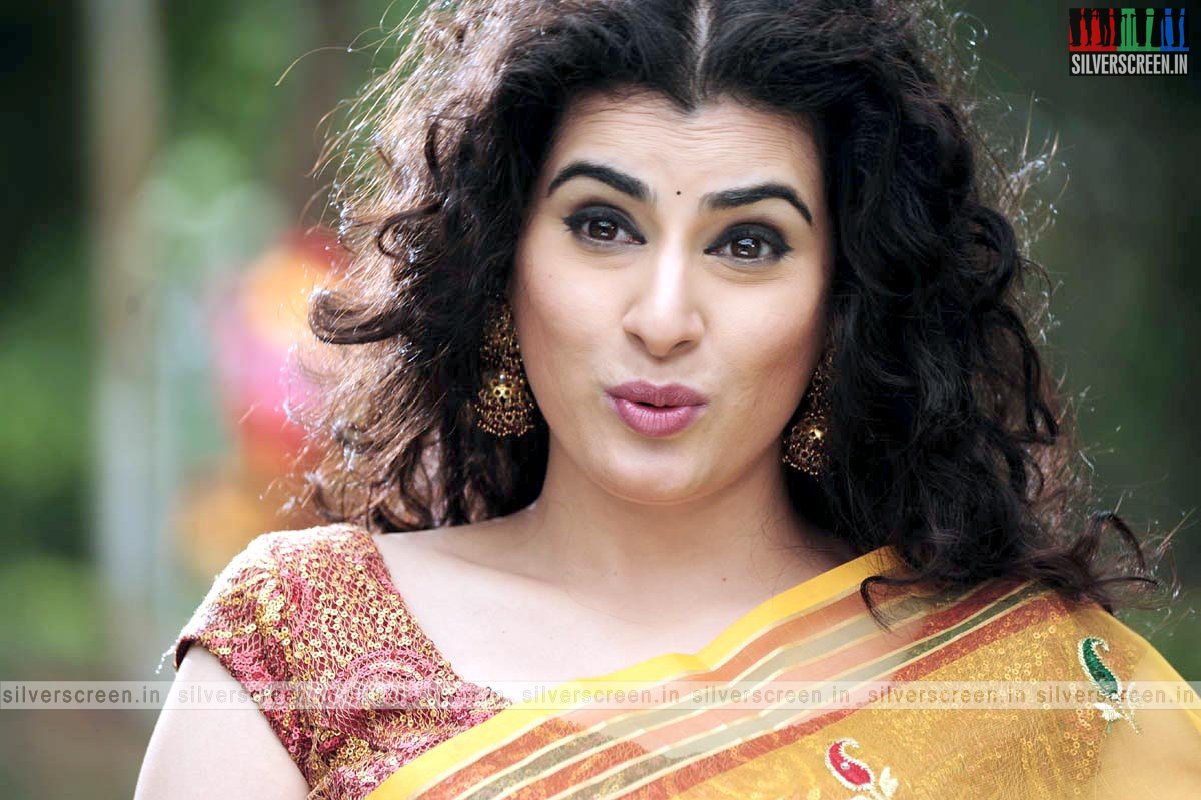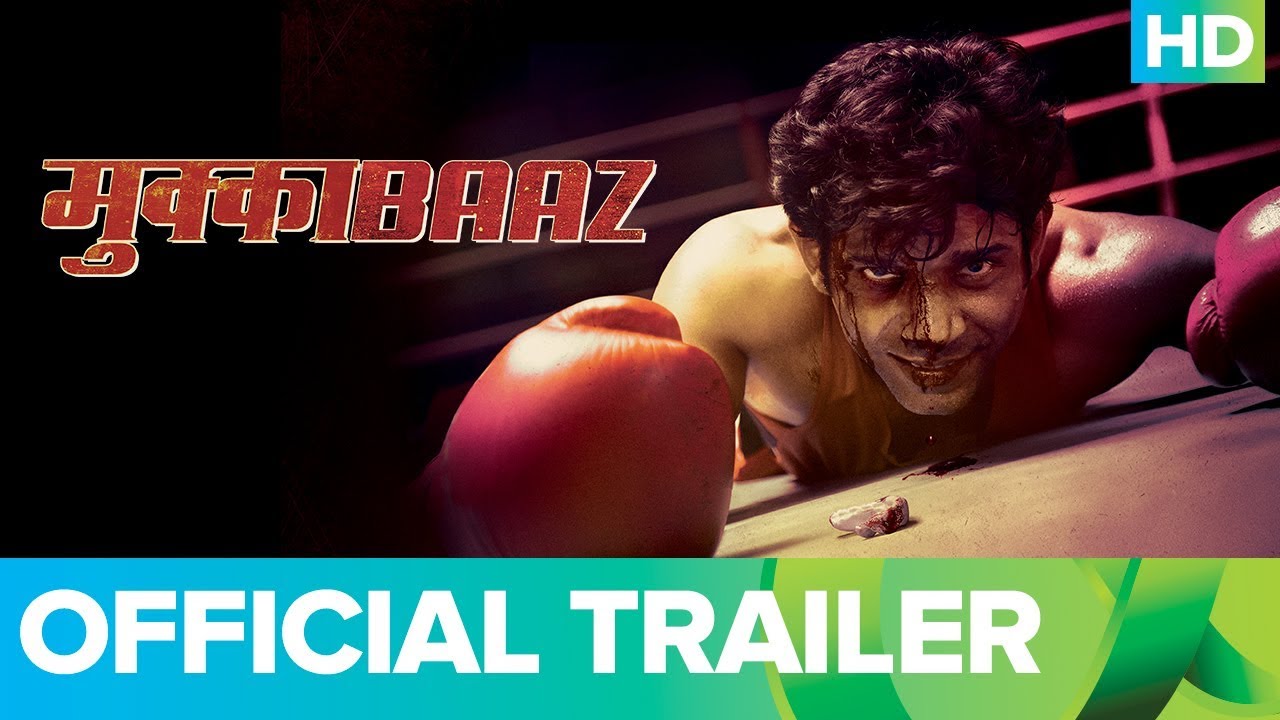Tamil cinema has come a long way since its inception. The industry has transitioned from silent films to dialogue-oriented ones, working with actors picked off streets to trained talents and of course, black and white to colour films. This colour gradation too went through several transitions and continues to find new ways, and technological aids to look more realistic and rich.
Here’s a look back at five colour motion picture processes as we celebrate the festival of colours.
Geva Colour
“Gevacolor, established in 1948, is originally based in Belgium and an affiliate of Agfacolor (a series of colour film products made by a German-based MNC Agfa-Gevaert),” Wikipedia informs us. The process and company flourished in the 1950s as it was suitable for on location shooting. Gevacolor was among the cheapest reels of colour film that encouraged Tamil filmmakers to produce colour films.
Gevacolor made its debut in Tamil cinema through the film Kalyaanam Pannippaar, “a 1952 Indian bilingual Tamil-Telugu satirical comedy film directed by L. V. Prasad and produced by B. Nagi Reddy and Aluri Chakrapani under their company Vijaya Vauhini Studios. The film’s credits state the presence of Gevacolor sequences. However, the simultaneously shot Telugu version, Pelli Chesi Choodu, did not have any sequences in colour”.
Alibabavum 40 Thirudargalum made history in Tamil cinema by being the first Tamil film to be entirely shot and released in Gevacolor.
Here’s a look at how Geva Colour was:
Technicolor
Technicolor, dating from 1916, was not popular in Kollywood as it was “the world’s most expensive colour process”. Only three Tamil films were associated with Technicolor.
Athisaya Penn, a 1959 remake of the Hindi film Aasha was entirely shot in Gevacolor with dance portions in Technicolor. This is the first Tamil film to contain sequences shot and released originally in Technicolor.
Here’s a look at how Technicolor was:
Eastman Colour
Eastman colour is a trade name used by Eastman Kodak for a number of related film and processing technologies associated with colour motion picture production. Introduced in 1950, it was one of the first widely successful “single-strip colour” processes, and eventually displaced the more cumbersome Technicolor.
It also has several other names like Deluxe color (20th Century Fox), Warnercolor, Metrocolor, Pathecolor and Columbiacolor.
Eastman colour made its debut in Tamil cinema in 1959 through the films Raja Malayasimman and Deiva Balam. Both were simultaneously shot in Telugu with the same titles and were “partly coloured”.
Here’s a look at how Eastman Colour was:
ORWO Colour
ORWO (for ORiginal WOlfen) is a brand of photographic products and magnetic recording tape. Mostly used in the 80s, the Kannada industry was the first to make use of it.
It was established in East Germany as a brand for photographic film and magnetic tape, mainly produced at the former ORWO Filmfabrik Wolfen (now CChemiepark Bitterfeld-Wolfen|Chemical Park Bitterfeld-Wolfen).
ORWO Colour was among the cheapest methods back in the 70s. Pattina Pravesam, a 1977 film directed K. Balachander, was Tamil cinema’s first film to be shot in ORWO colour. Colour films after 1978 were mostly shot in ORWO Colour. It gave a similar colour quality as Eastmancolor.
Here’s a look at how ORWO Colour was:
Digital Intermediate (DI)
A motion picture finishing process which classically involves digitizing a motion picture and manipulating the color and other image characteristics.
All films today adopt this process given the ease and output. The first film to apparently use this method is Selvaraghavan’s Pudhupettai.
Take a look at it here:



